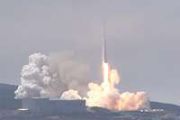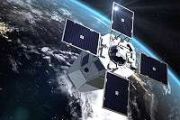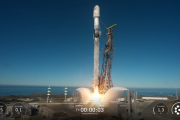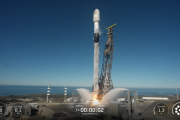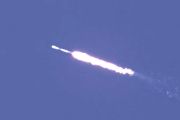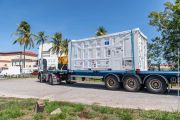
Copernical Team
European research for interplanetary isolation
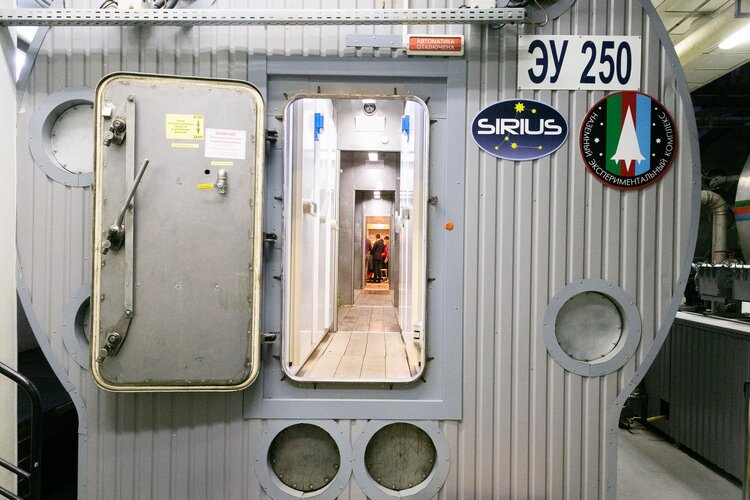
Isolation affects people in different ways. Studies on how humans cope with stress in a secluded environment and with little social interaction are useful to learn about ourselves in challenging times – and to test whether our species is fit for long journeys to other planets.
Inside the James Webb Space Telescope's control room
 "White-knuckle" - That's how Rusty Whitman describes the month ahead, after the launch of the historic James Webb Space Telescope, now tentatively set for Saturday.
From a secure control room in Baltimore, Maryland, Whitman and his colleagues will hold their breath as Webb comes online. But that's just the beginning.
For the first six months after Webb's launch, Whitman and the team at
"White-knuckle" - That's how Rusty Whitman describes the month ahead, after the launch of the historic James Webb Space Telescope, now tentatively set for Saturday.
From a secure control room in Baltimore, Maryland, Whitman and his colleagues will hold their breath as Webb comes online. But that's just the beginning.
For the first six months after Webb's launch, Whitman and the team at NASA sends shipment of supplies, experiments, holiday food to ISS
 A NASA resupply mission to the International Space Station got off the ground in Florida on Tuesday and headed for low Earth orbit with thousands of pounds of cargo, including experiments and holiday fare for the station's crew.
The shipment lifted off from Launch Pad 39A at the Kennedy Space Center just after 5 a.m. EST Tuesday, right on schedule.
The mission carried more than 6
A NASA resupply mission to the International Space Station got off the ground in Florida on Tuesday and headed for low Earth orbit with thousands of pounds of cargo, including experiments and holiday fare for the station's crew.
The shipment lifted off from Launch Pad 39A at the Kennedy Space Center just after 5 a.m. EST Tuesday, right on schedule.
The mission carried more than 6 Webb telescope launch again pushed back
 The launch of the James Webb Space Telescope, which astronomers hope will herald a new era of discovery, was again pushed back Tuesday until at least Christmas Day due to "adverse weather conditions" at the launch site in French Guiana, NASA said.
The new target date, if determined to be viable, would be an actual Christmas gift for scientists who have been waiting three decades to see the l
The launch of the James Webb Space Telescope, which astronomers hope will herald a new era of discovery, was again pushed back Tuesday until at least Christmas Day due to "adverse weather conditions" at the launch site in French Guiana, NASA said.
The new target date, if determined to be viable, would be an actual Christmas gift for scientists who have been waiting three decades to see the l Views of comet Leonard from two sun-watching spacecraft

When Comet Leonard, a mass of space dust, rock and ice about a half-mile (1 kilometer) wide, makes its closest pass of the Sun on Jan. 3, 2022, it will be a journey 40,000 years in the making. Ahead of its close pass, two Sun-observing spacecraft captured these views of the comet.
The animated image at right was captured by NASA's Solar Terrestrial Relations Observatory-A spacecraft, SECCHI/HI-2 telescope, which has watched the comet since early November. This animated "difference image" was created by subtracting the current frame from the previous frame to highlight differences between them. Difference images are useful for seeing subtle changes in Leonard's ion tail (the trail of ionized gases streaming from the comet's body, or nucleus), which becomes longer and brighter toward the end of the clip.
The video below, captured between Dec. 17-19, 2021 by the Solar Orbiter Heliospheric Imager (SoloHI) aboard the ESA/NASA Solar Orbiter spacecraft, shows Comet Leonard streaking diagonally across the field of view with the Milky Way in the background. Venus and Mercury are also visible in the top right, Venus appearing brighter and moving from left to right.
LaserSETI installs 2nd observatory at Haleakala Observatory

Last summer the SETI Institute began installing a second LaserSETI Observatory, this time 10,000 feet above sea level at Haleakala Observatory, thanks to the University of Hawai'i's Institute of Astronomy (IfA). As a result of challenges involving equipment damaged during shipping, supply chain delays for replacement parts, equipment malfunctions and even a blizzard in Hawai'i, the installation was delayed but is now complete. While two of the four cameras are not fully functional and will be replaced, observations are now possible and data collection is underway. The staff at the IfA has provided invaluable assistance throughout the setup process especially during times when it was not possible for LaserSETI staff to be onsite due to COVID restrictions and other logistical challenges.
NASA’s 2021 Included Mars Landing, First Flight, Artemis, More
 In 2021, NASA completed its busiest year of development yet in low-Earth orbit, made history on Mars, continued to make progress on its Artemis plans for the Moon, tested new technologies for a supersonic aircraft, finalized launch preparations for the next-generation space telescope, and much more – all while safely operating during a pandemic and
In 2021, NASA completed its busiest year of development yet in low-Earth orbit, made history on Mars, continued to make progress on its Artemis plans for the Moon, tested new technologies for a supersonic aircraft, finalized launch preparations for the next-generation space telescope, and much more – all while safely operating during a pandemic and NASA: Cobertura en español del despegue del telescopio espacial Webb
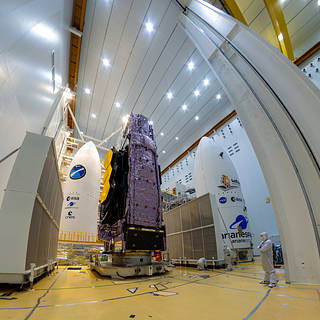 NASA: Cobertura en español del despegue del telescopio espacial Webb
NASA: Cobertura en español del despegue del telescopio espacial Webb Two teams report on study of Hayabusa2 asteroid samples

Two teams of researchers are publishing their findings thus far after initial study of samples collected from the asteroid Ryugu and returned to Earth last year by the Japanese space probe Hayabusa2. Both teams are large and both are made up mostly of researchers from institutions in Japan. Both teams have also published their findings in Nature Astronomy.



